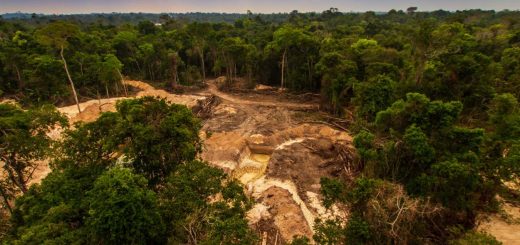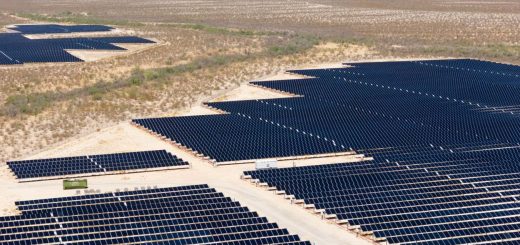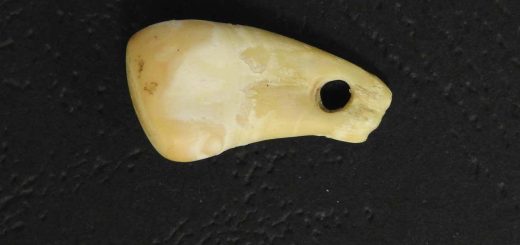Samples from asteroid Ryugu contain one of the building blocks of RNA
The Hayabusa 2 spacecraft brought back samples from Ryugu in 2020, and an analysis of a tiny portion of those samples has revealed key ingredients for life
By Leah Crane
21 March 2023
Grains from Ryugu
JAXA
Samples from the asteroid Ryugu contain uracil, one of the four building blocks of RNA, as well as niacin and other compounds that are important for living organisms. This lends credence to the idea that the ingredients for life were brought to Earth by space rocks.
Japan’s Hayabusa 2 spacecraft returned 5.4 grams of asteroid dust from Ryugu at the end of 2020, and various laboratories obtained tiny portions of the dust to examine. Yasuhiro Oba at Hokkaido University in Japan and his colleagues steeped their samples first in hot water for 20 hours, then in hydrochloric acid, and then they searched the resulting tea-like extracts for nucleobases. They did a similar procedure to search for organic molecules.
Even though the researchers started with samples weighing less than 20 milligrams, and only 20 to 30 per cent of the extracts were used for this study, they managed to find uracil and complex organic molecules. This isn’t the first time such compounds have been found in extraterrestrial rocks, but the other findings were on meteorites that had spent time unprotected on Earth’s surface, whereas the Ryugu samples were pristine, straight from the asteroid’s surface.
Advertisement
“In previous studies, we could not completely rule out a possibility that the detected nucleobases were terrestrial contaminants,” says Oba. “This time, under careful contamination control, the Ryugu samples are free from terrestrial contamination, so this is strong evidence that uracil is really present in extraterrestrial materials.”
Read more:
Sample of asteroid Ryugu brought to Earth is a strange dark colour
If uracil is present, that suggests that other compounds that are key to life may exist on Ryugu as well, but we haven’t been able to see them because of the small size of the samples. Luckily, NASA’s OSIRIS-REx spacecraft is on the way back from another asteroid called Bennu with more than 400 grams of asteroid dust, and should arrive in September 2023.


